Traditional Chinese Jewelry: The Beauty of Culture Blooms in Details
Do you have the habit of wearing accessories? Whether delicate or full of personality, necklaces and bracelets always satisfy our various aesthetic needs. Around the world, each place has its unique jewelry trends, and in China, jewelry creation not only showcases ingenious designs but also pays much attention to material selection. Behind every piece of Chinese-style jewelry lies a story of traditional aesthetics and exceptional craftsmanship. Are you interested in delving deeper into the mysteries of this world? The following article will take you on a journey to uncover the secrets!
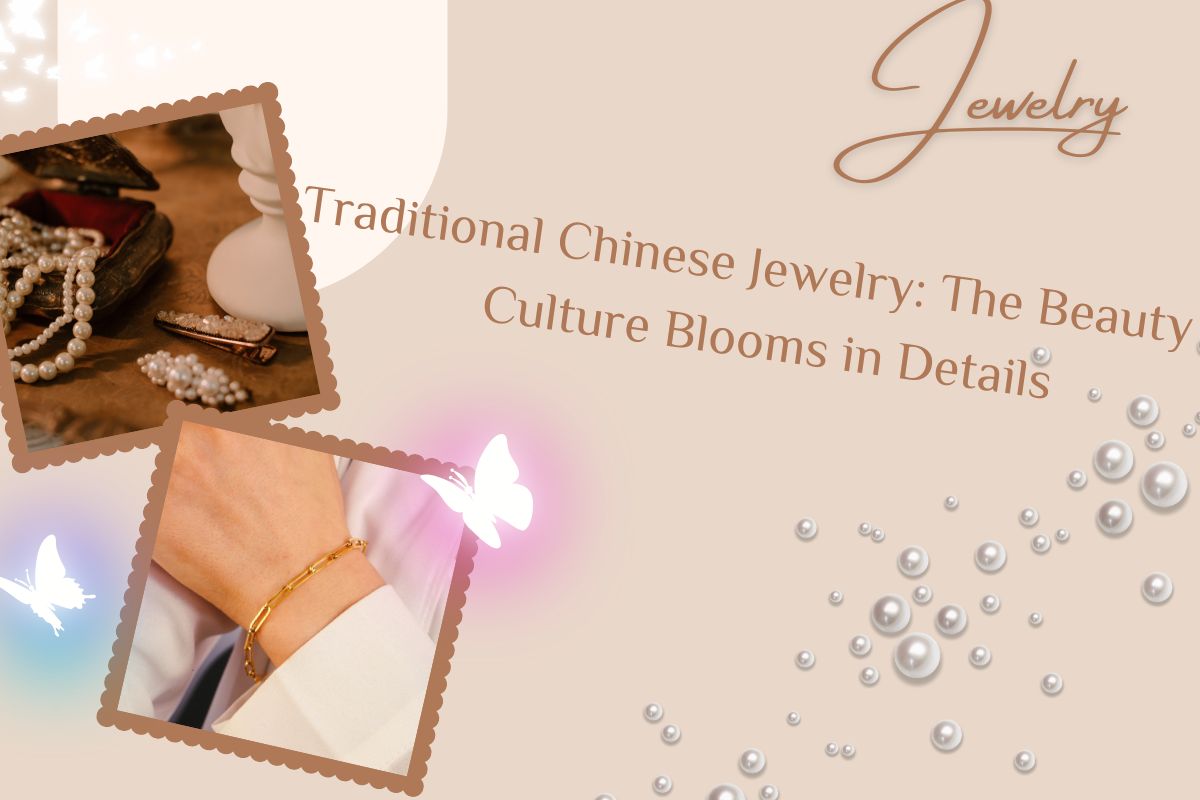
Material Selection
In the realm of traditional Chinese jewelry, gold, silver, and jade hold significant importance, each material exuding unique charm and profound cultural connotations.
Gold and silver have long been the most revered jewelry首饰(shǒu shi) materials, renowned for their delicate luster and supple texture. Gold, symbolizing wealth and authority, is a direct embodiment of affluence; while silver, with its pure color and auspicious implications, is deeply loved by the people.
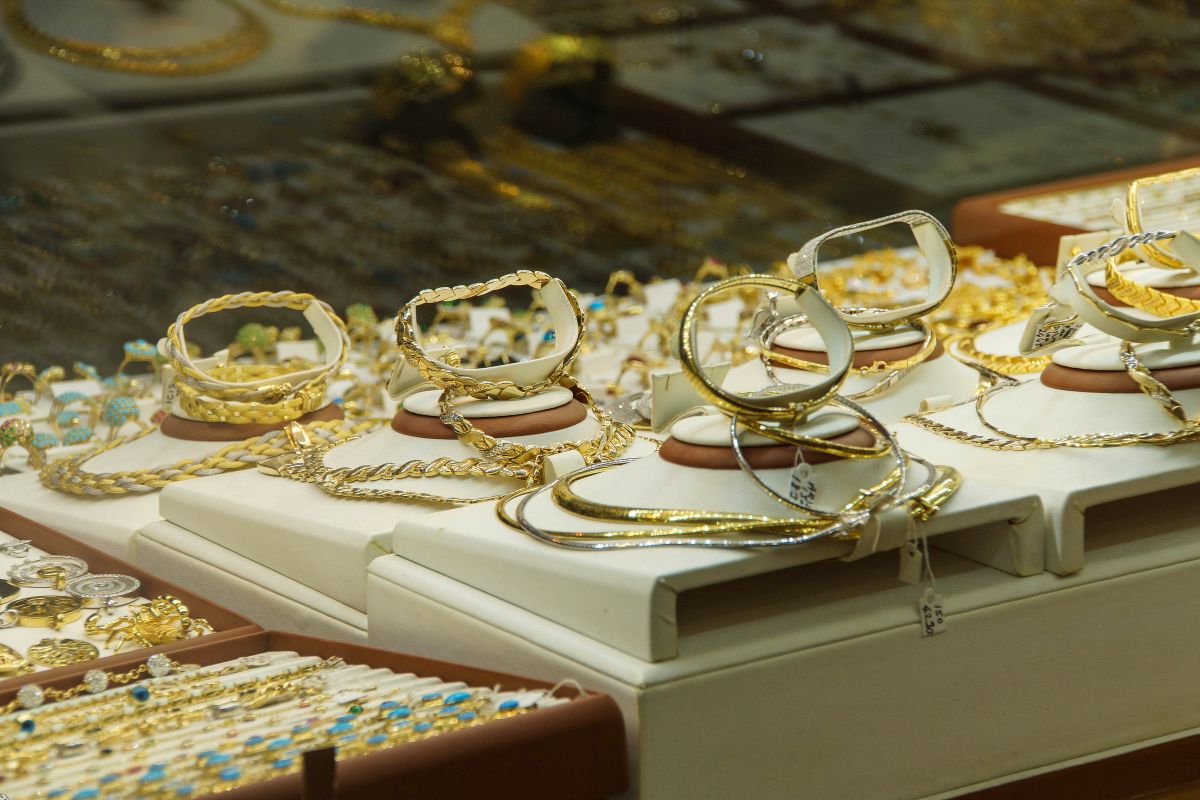
首饰 (shǒu shi), noun, jewelry
Examples:
- I like to wear different kinds of jewelry.
我喜欢佩戴不同的首饰。
wǒ xǐ huɑn pèi dài bù tónɡ de shǒu shi 。 - She has some lovely pieces of jewelry.
她有几件漂亮的首饰。
tā yǒu jǐ jiàn piào liɑnɡ de shǒu shi 。
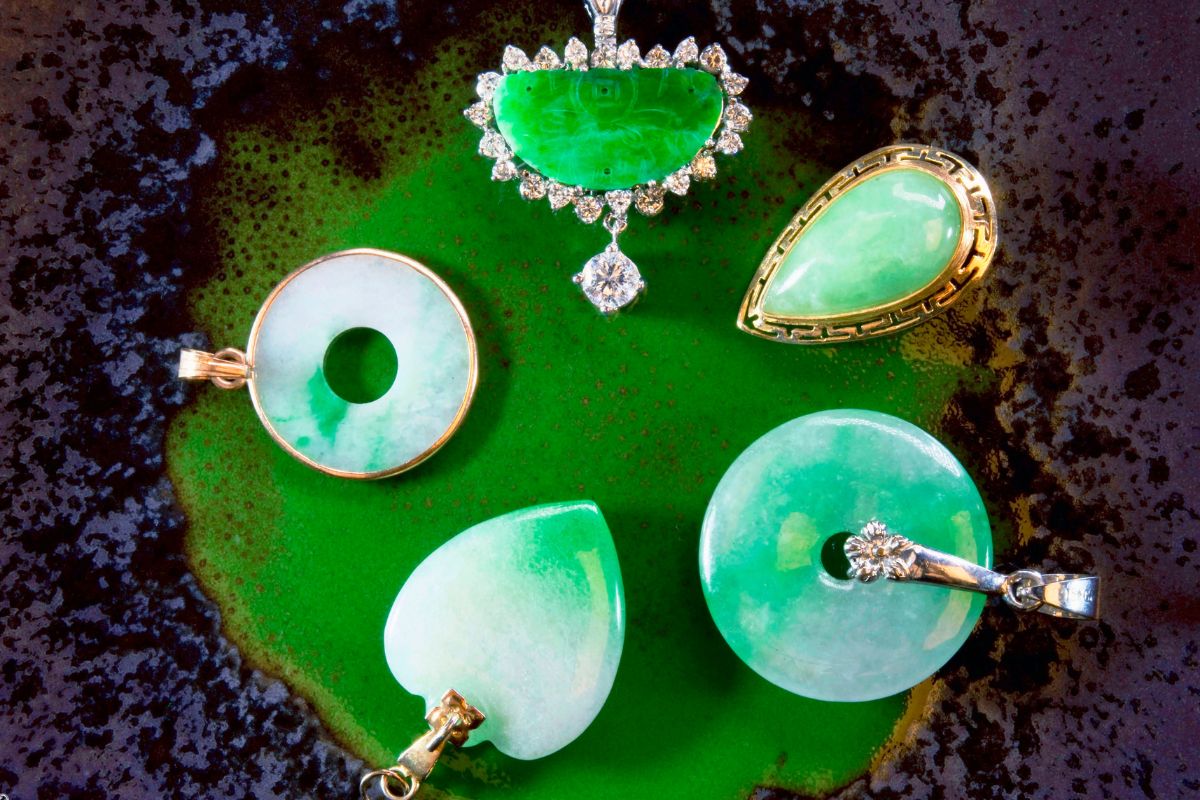
Jade, as the core of Chinese jade culture, is hailed as the "King of Stones." From the noble and elegant jadeite to the gentle and delicate Hetian jade, each piece of jade carries a millennium of historical precipitation. "A gentleman should be as virtuous as jade" eloquently expresses the noble qualities of jade and its allure.
Pearls, especially freshwater pearls from inland Chinese waters and South Sea pearls from vast oceanic regions, with their natural round shapes and soft, gentle luster, are indispensable elements in women's accessories. Carefully crafted into necklaces项链(xiànɡ liàn), earrings, and more, they showcase the wearers' elegance. Additionally, ceramics, especially those using the cloisonné technique, are a highlight of traditional accessories. This craft involves overlaying colorful enamels on a copper base and firing it at high temperatures, resulting in vibrant and exquisitely patterned accessories that possess both high artistic appreciation and practical value.
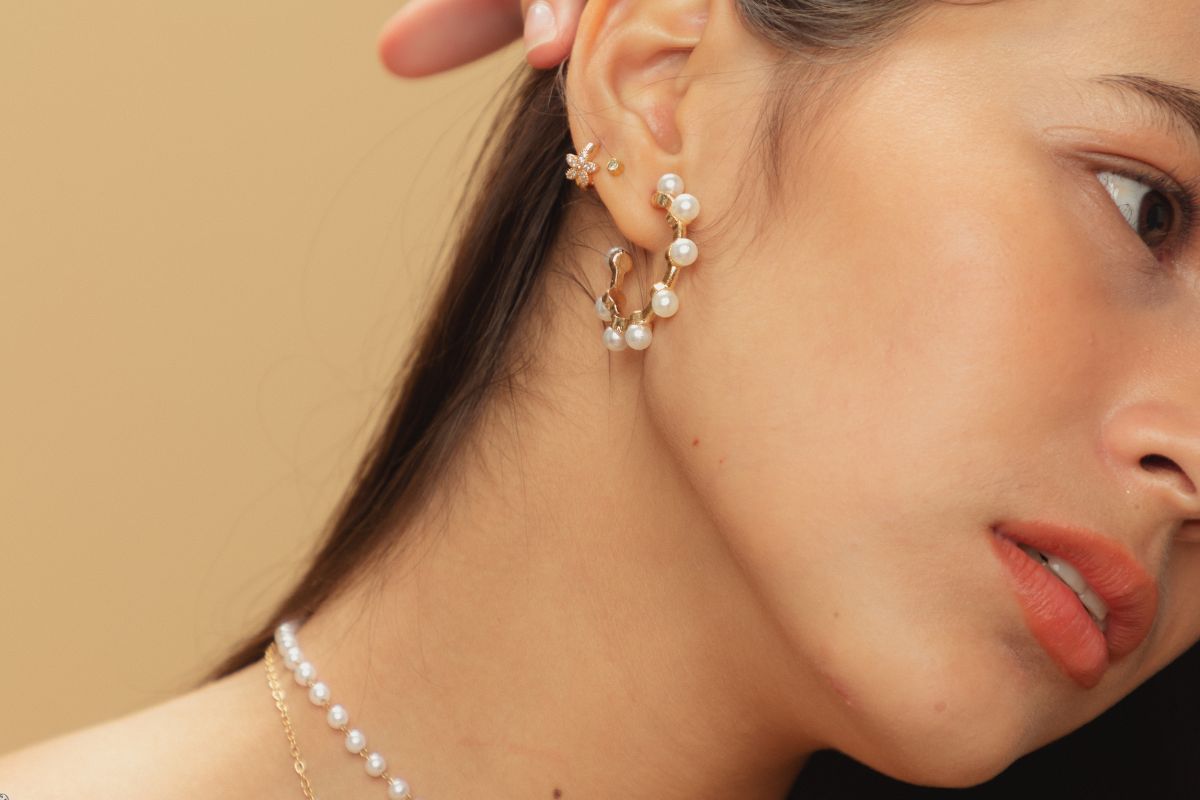
项链 (xiànɡ liàn), noun, necklaces
Examples:
- Which kind of necklace do you like?
你喜欢哪一款项链?
nǐ xǐ huɑn nǎ yì kuǎn xiànɡ liàn? - The necklace is encrusted with diamonds.
这个项链上镶有钻石。
zhè ɡe xiànɡ liàn shànɡ xiānɡ yǒu zuàn shí 。
Exquisite Craftsmanship
The traditional jewelry craftsmanship in China epitomizes unparalleled craftsmanship, with each technique showcasing endless ingenuity and aesthetics through intricate details, presenting accessories in an incredible way.
- Weaving, a technique full of spirituality, intertwines gold or silver threads or colored silk threads in the hands of artisans, creating intricate mesh structures or complex patterns; the weaving technique, especially of golden and silver threads, highlights the flowing beauty of metal lines.
- Openwork carving, meticulously carved on metal plates, creates transparent patterns. These hollow designs allow light to pass through, adding a lightweight and dynamic breath to the jewelry, with a touch of mysterious allure.
- Jadeite inlaying uses feathers of kingfishers as decorations, intricately embedding them in metal bases. The green gloss created is both natural and elegant, offering another interpretation of the beauty of life.
Chinese jewelry designs contain rich symbolic meanings, with each pattern or element carrying deep cultural heritage and well wishes, not only representing beauty but also vividly embodying traditional culture.
Dragon and Phoenix
The dragon and phoenix motifs are highly esteemed in Chinese culture, with dragons symbolizing supreme power and imperial authority, while phoenixes represent auspiciousness and the beauty of queens. When appearing together, they signify good fortune and harmony, often found in wedding jewelry, conveying blessings of happiness and prosperity to the newlyweds.
Lotus
The lotus is hailed as the "gentleman of flowers," symbolizing purity, nobility, and cleanliness for its ability to rise from muddy waters without being contaminated. In jewelry design, lotus patterns are frequently used to praise virtue and pure hearts.
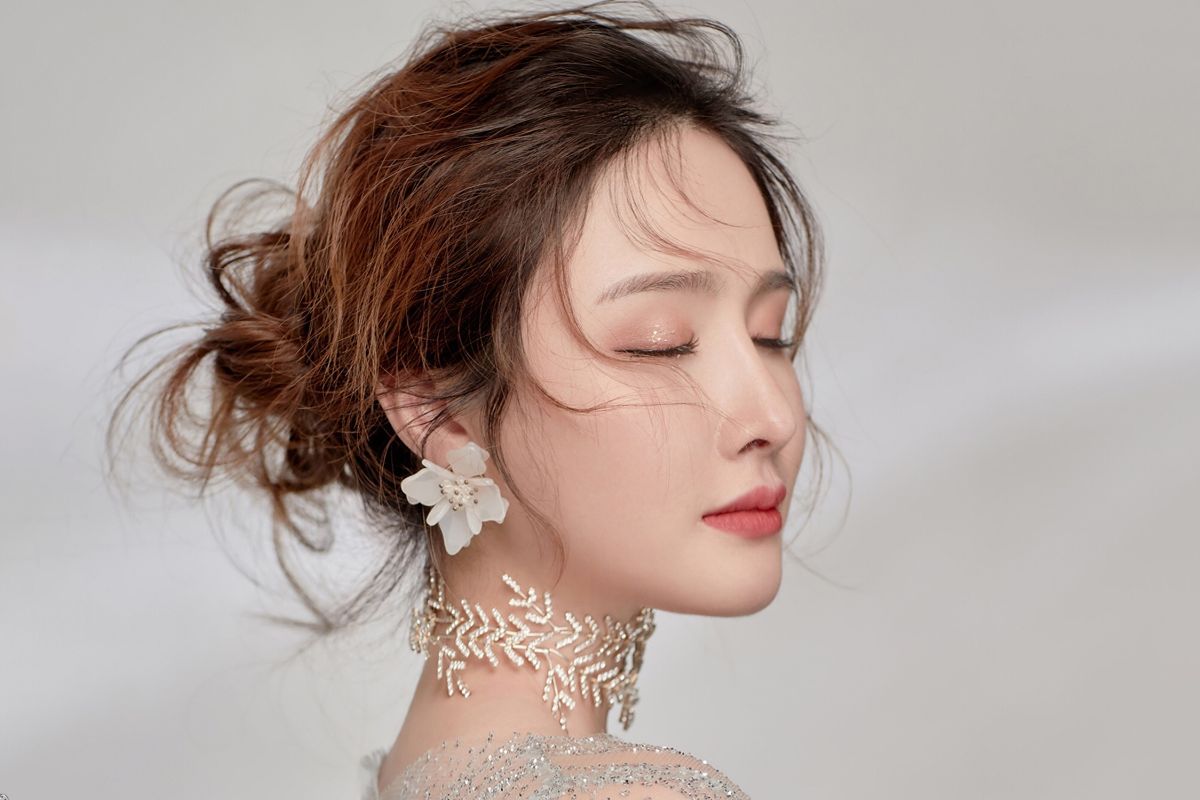
Ruyi (Scepter)
Ruyi, traditionally a back-scratching tool, evolved into a symbol of good fortune, representing achieving one's aspirations and everything going smoothly. Ruyi-shaped jewelry is not only aesthetically pleasing but also embodies wishes for happiness and good luck for the wearer.
Bat
In Chinese, the word for bat sounds like "fu," which means blessings. Therefore, bats are frequently used as auspicious symbols, symbolizing overflowing blessings and happiness. Jewelry with bat motifs expresses desires for a happy life and well-being.
Gourd
The gourd symbolizes "uniting two into one," often considered a symbol of conjugal harmony and family unity. Additionally, it is a sign of longevity and health. Wearing gourd-shaped jewelry signifies the hope for a long, healthy, and happy life.
Whether it's the gold, silver, jade, or the symbolically rich dragon and phoenix, lotus, ruyi, bat, and gourd patterns, every piece of Chinese-style jewelry is a blend of history and modernity, an artistic product of Eastern wisdom and aesthetics. If you receive a piece of jewelry gift from China, take a moment to appreciate the aesthetics and cultural beauty within, as it is sure to evoke unique feelings in you!